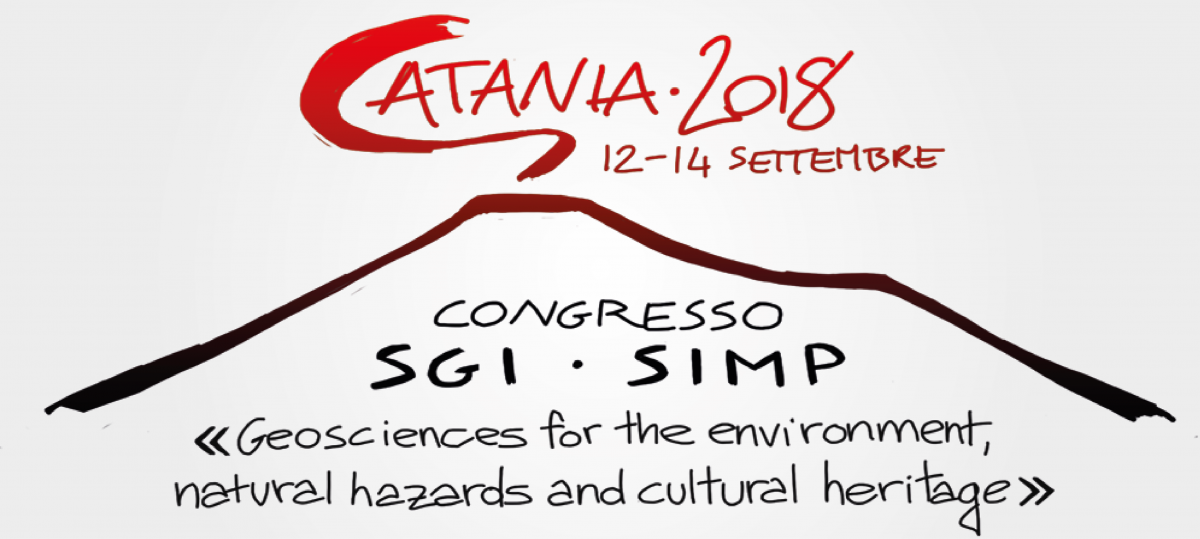Cari Colleghi,
con questa e-mail desideriamo invitiarvi a sottomettere contributi alla Sessione "P9: From analogue to digital geological mapping: opportunities and risks in the use of new tools" del prossimo Congresso SGI – SIMP "Geosciences for the environment, natural hazard and cultural heritage" (89° Congresso della S.G.I.), che si svolgerà a Catania dal 12 al 14 settembre 2018. Vi rammentiamo inoltre che la scadenza per la sottomissione è prevista per il 21 maggio 2018.
La sessione vuole stimolare la discussione sulle criticità, sia in positivo che in negativo, dell'evoluzione della cartografia geologica moderna: metodi di acquisizione nuovi e più tradizionali, integrazione di diverse tipologie di dati attraverso strumenti di analisi dedicati e software di modellazione, sviluppo e implementazione di strumenti e standard per la diffusione della cartografia geologica e geotematica.
Per poter affrontare il tema da diversi punti di vista, saranno benvenuti contributi inerenti diversi ambiti disciplinari, provenienti dal mondo accademico e da quello delle pubbliche amministrazioni ed enti locali, oltre che della libera professione.
Info e norme http://sgicatania2018.it/index.php/abstracts/info-norme
Date e scadenze http://sgicatania2018.it/index.php/registrazioni/date-scadenze
P9. From analogue to digital geological mapping: opportunities and risks in the use of new tools
Geological maps are an irreplaceable synthesis tool for the physical knowledge of the territory: the increasingly intense and widespread use of the soil and the subsoil in various application fields calls for an updated and quality cartographic production.
Nowadays geological mapping can use computer methodologies that allow the three-dimensional restitution of geological models and help the integration of multiple geological themes, satisfying the knowledge needs of the end user. The session aims to:
- gather scientific contributions from the world of research, industry and local authorities, which illustrate the possibilities offered by multimedia computer techniques to represent in an integrated way the geological structure of the surface and the subsoil;
- promote a comparison on the problematic aspects that accompany the development of the modern digital cartography:
i) the need for the constant updating of the basic geological mapping,
ii) the check and the homogeneity of the subsurface data from boreholes and geophysical surveys,
iii) the improvement of the spatial interpolation and interrogation of databases algorithms designed in accordance with international descriptive standards.
Un caro saluto,
Mauro Agate, Chiara D'Ambrogi, Michele Zucali

